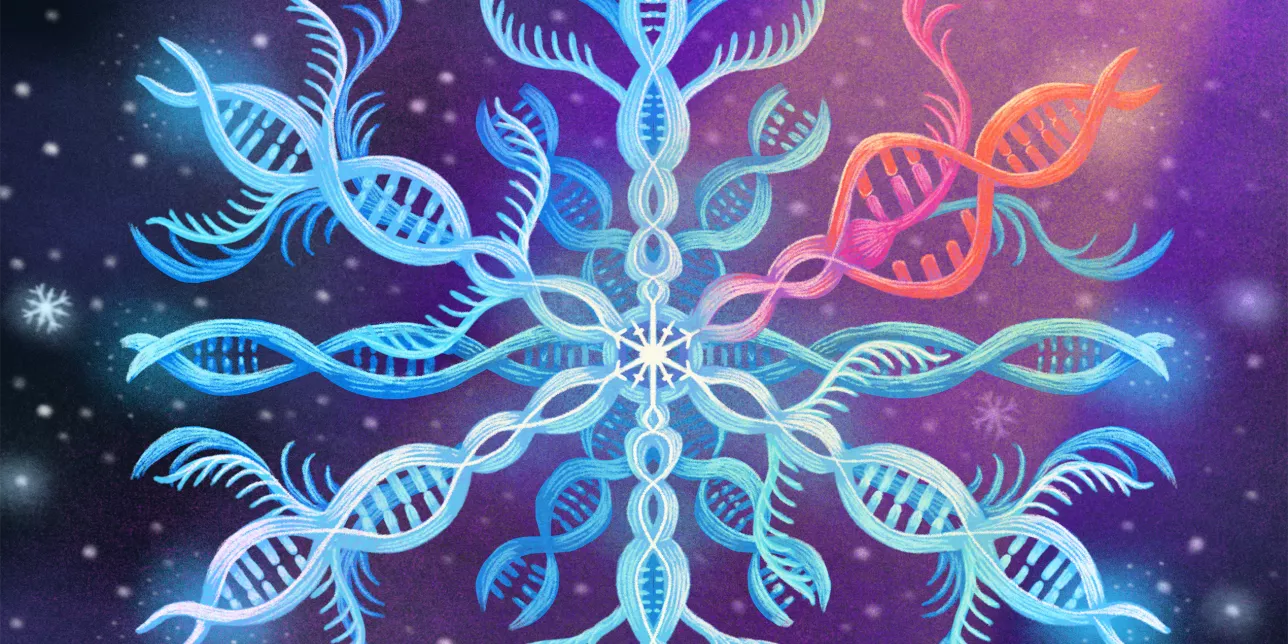Hematopoietic stem cells, known as blood stem cells, are crucial for producing all types of blood cells throughout a person's life. As individuals age, the ability of these stem cells to renew themselves and produce new blood cells declines, which can lead to health issues. Researchers at Lund Stem Cell Center are particularly interested in studying hematopoietic stem cells, their changes with age, and the factors contributing to this decline.
Anna Konturek-Ciesla, a researcher at Lund Stem Cell Center and the lead author of the study explains, "In our research, which focuses on hematopoiesis, or blood cell formation, many studies have attempted to analyze the changes associated with aging in blood stem cells using gene expression profiling. Studying gene expression is essential for understanding how cells function and respond to different stimuli."
Today, performing gene expression analysis on young and aged hematopoietic stem cells is a common practice, used to understand the changes associated with aging. Despite this wealth of knowledge, Anna Konturek-Ciesla noted that there is still no consensus about the molecular profile of aged hematopoietic stem cells. "Even though many studies have looked into this, there are still differences in what they have found. We wanted to find out why,” she states.
A closer look at gene expression changes in aging blood stem cells
Suspecting that experimental procedures used during gene expression analysis might be influencing the results, they examined how stress-related genes behaved in cells collected under different conditions. "When we looked at our data, we noticed a pattern of stress-induced changes in gene activity, especially in cells exposed to higher temperatures during isolation," explains David Bryder, Professor of Molecular Hematology at Lund University, and research group leader at Lund Stem Cell Center.
Cell isolation techniques refer to procedures used to identify and separate specific cells from a complex mixture of cells or tissue. The goal is to isolate individual cells or to sort them based on a selected characteristic, thereby generating a homogenous cell population ready for analysis.
Further examination of publicly available data on hematopoiesis revealed that this pattern of stress-related changes in gene activity could be linked to the isolation procedure. David Bryder highlights, "We found that these stress-induced changes were more common in cells isolated from organs that require mechanical and/or enzymatic treatment, such as the heart or lungs, suggesting that the isolation procedure plays a significant role."
What does this mean for future aging research?
The significance of these findings goes beyond stem cell research as David Bryder points out, "This stress response isn't limited to stem cells; it can happen in any type of cell." The researchers highlight the importance of being cautious during experimental design and data interpretation to ensure the accuracy of research findings.
"Some previous studies may have drawn conclusions based on stress-related genes, leading to potentially incorrect assumptions about aging processes in the blood system," David Bryder notes. "By being more careful, we can ensure that our research findings are reliable and help advance our understanding of cell biology and aging."
Anna Konturek-Ciesla adds, "Future studies should plan experiments carefully to minimize variations and consider the potential influence of stress-related gene activity. Every step of gene expression profiling, from isolating cells to analyzing results, can introduce errors. Therefore, it is important to optimize experimental conditions and interpret results cautiously."
This study expands on the current understanding of stem cells and aging, underscoring the significance of evaluating how laboratory procedures may influence research results. The aim for these findings is to enhance the quality and accuracy of future studies in the fields of hematopoiesis, stem cell biology, and aging.


